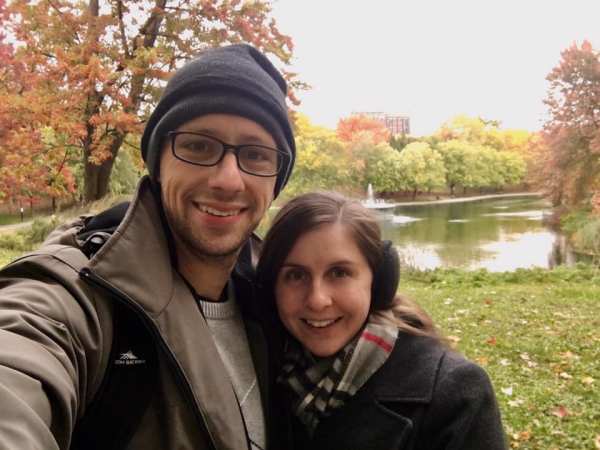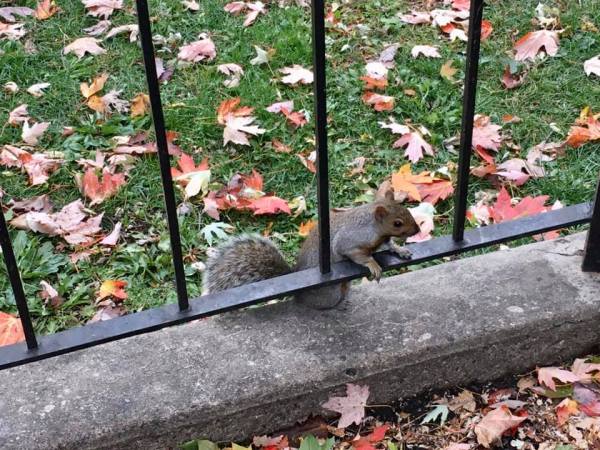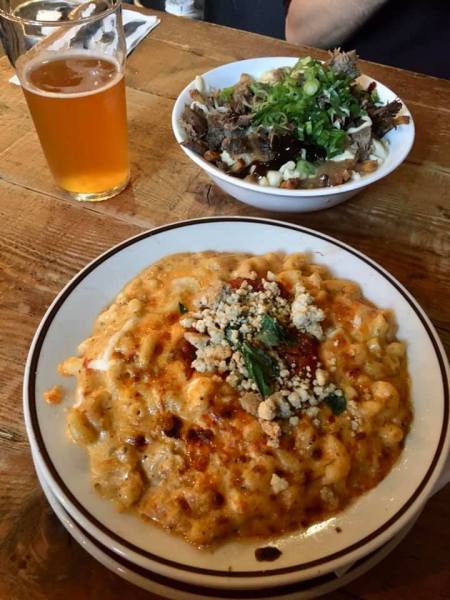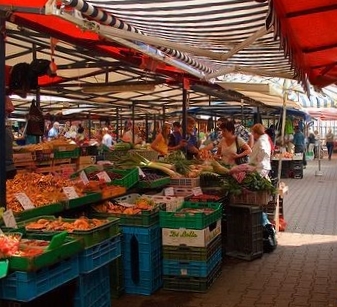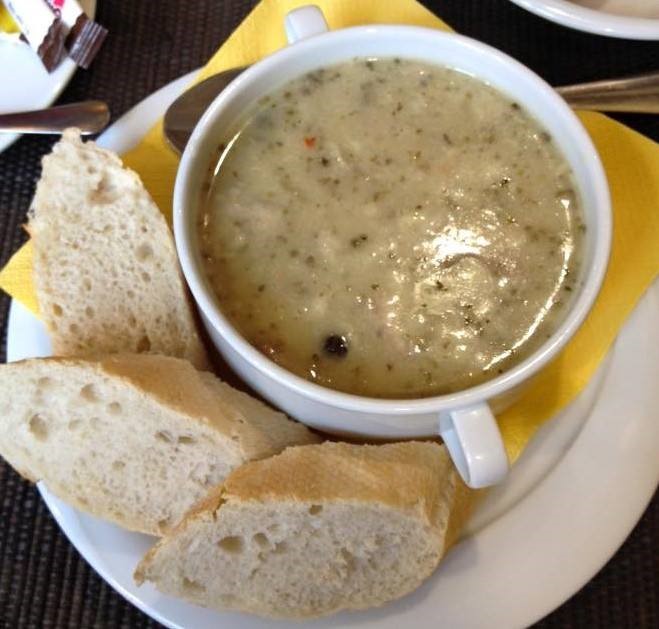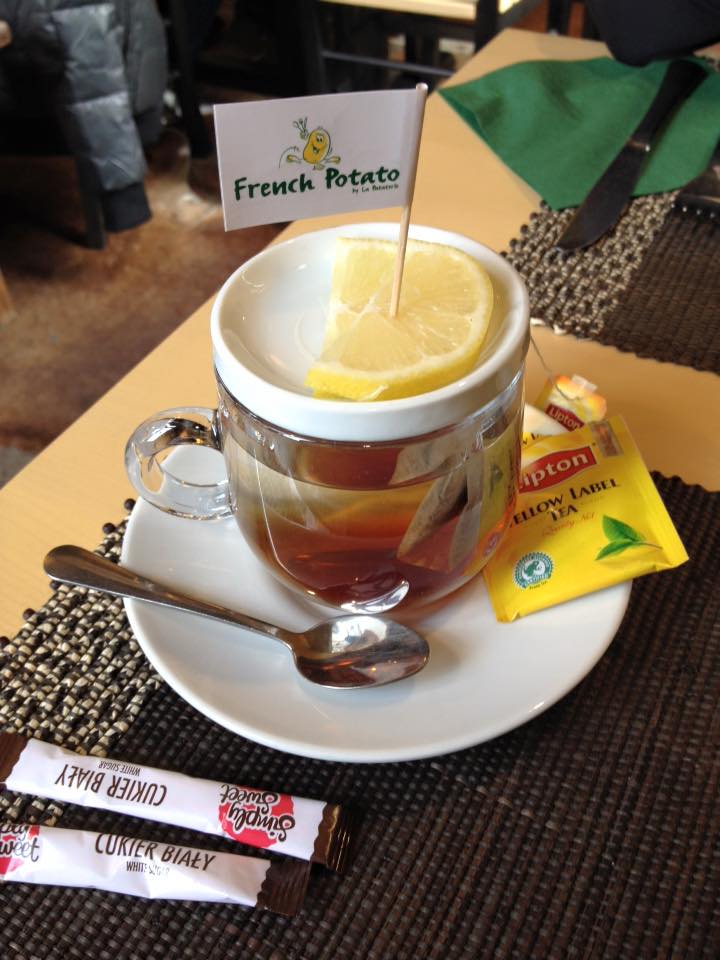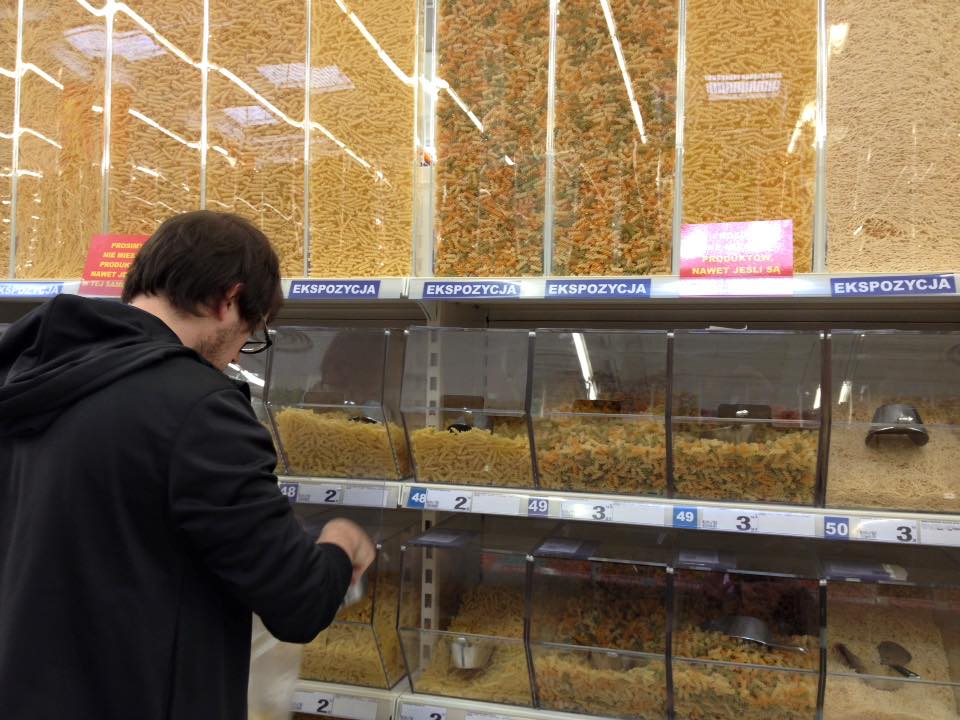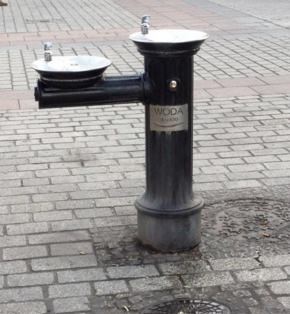Years ago, we came to Canada to see if it might be a place we’d want to move to in the future. During that month-long trip, we noticed many differences between Canada and the US, which ultimately piqued our interest enough to start the immigration paperwork. Of course, we had no idea that we’d be derailed by a pandemic and end up in Mexico for a few years first; alas, we eventually moved to Ottawa and recently celebrated one year of living in this beautiful city!

As always, the first year in a new place brings about so many fun new challenges and observations, which, of course, we did our best to keep track of! And in honor of our CAnniversary, I thought I’d share some of the most salient differences we’ve experienced as Americans living in Ottawa.
Differences in Administration:
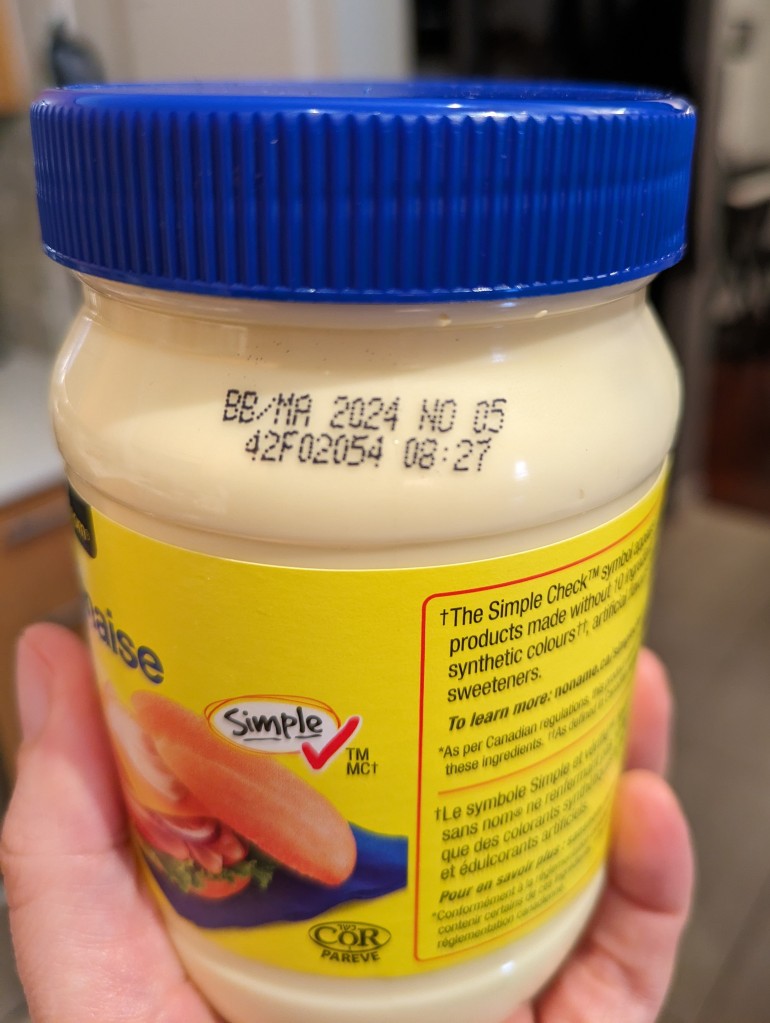
- One of the very first differences we encountered was when we went to make a copy of the key to our new apartment. They told us it was a “secure key”, which meant they’d have to contact the building’s board to make sure we were on the list of tenants, and thus legally able to copy the key. So thorough!
- No matter how long we live outside the US, we still struggle with anything other than the month-day-year formula. When I see 10/4, I automatically think October, not my birthday.
- We were also really confused the first time we looked at an expiration date that said “MA 2024”. Is that March or May?? In Canada, the months are abbreviated JA FE MR AL MA JN JL AU SE OC NO DE to make it work in both English and French.
- Although we had experienced something like this in other countries, we were still surprised to learn that Canada doesn’t have joint tax filing. Tucker and I had to file separately even though my payment came from the same account his refund will be going to.
Differences in Cars & Driving:
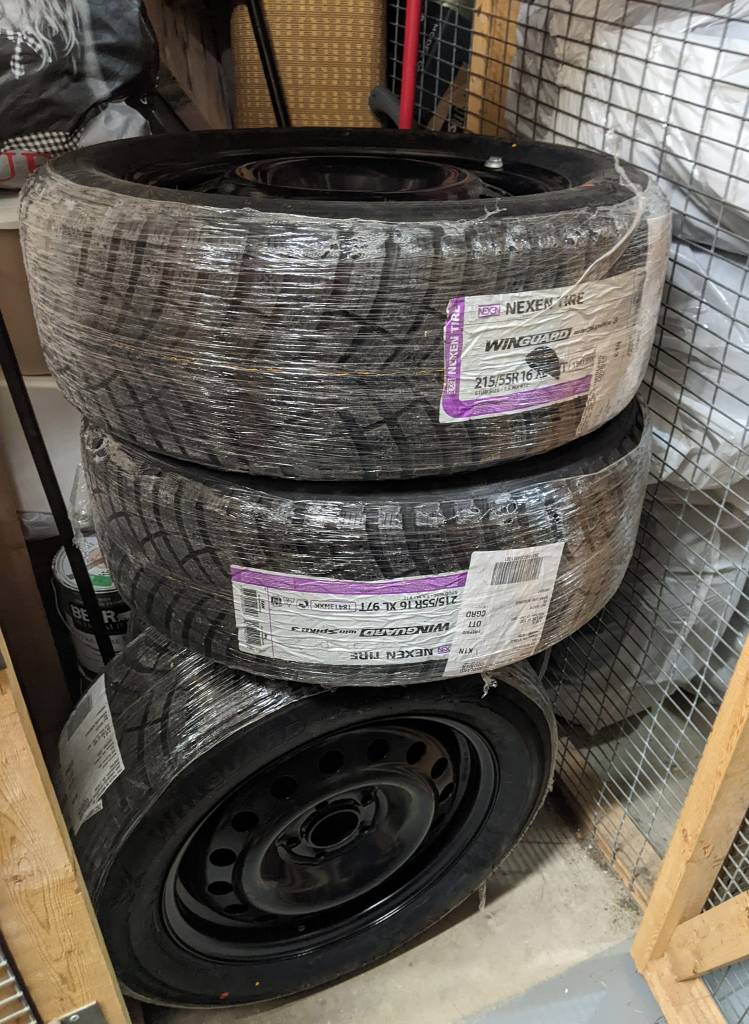
- After years in Mexico, driving in Canada felt like going back to beginner mode. In fact, there are some things that make us feel like drivers here are not really trusted to make good decisions, like the fact that there are more “no right on red” signs here than we’ve ever seen in our lives.
- Another immediately obvious difference was the lack of locking clips on the gas pumps. Most gas stations force you to hold the nozzle the whole time you’re pumping (yes, even in -10° weather).
- Something we’ve long gotten used to, but is still a pretty big US-CAN difference is the use of the metric system here. Our car, which was bought in FL, prominently displays miles per hour, thus we’ve gotten really good at converting on the go.
- We also were surprised to learn that in some provinces of Canada winter tires are not just recommended, they’re mandatory. We had to provide proof of purchase to our insurance company as well.
Differences in Communication:
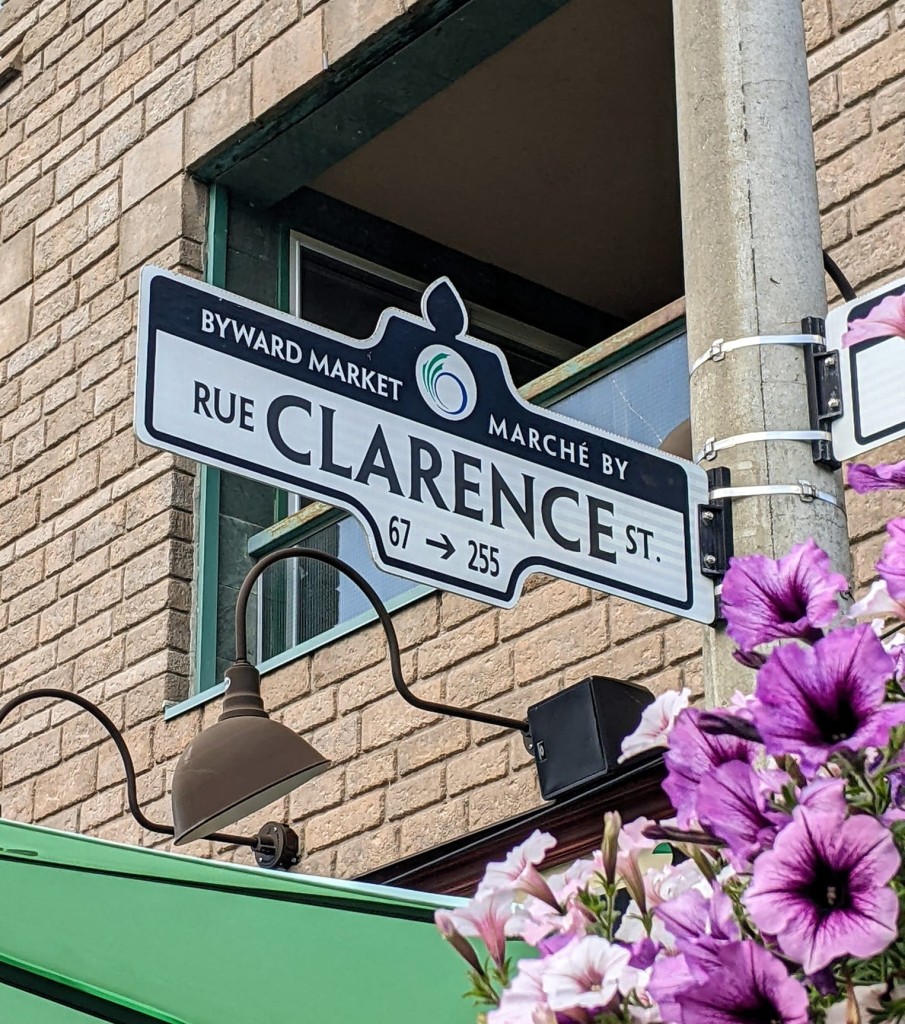
- In our first week in Canada, strangers asked us questions at least 10 times in 10 different places (on the metro, in Canadian Tire, etc.), and it definitely surprised us. It’s common to talk to strangers in the US and Mexico, but to ask for anything other than directions or small talk felt different.
- Canada (or at least the parts we’ve been to thus far) absolutely loves reservations! A place could be entirely empty at eleven a.m. on a weekday, but when you walk in, they’ll still ask you if you have a reservation. Only recently have I been able to suppress my eyeroll.
- I’ve already shared some of my favorite Canadian English phrases, but I also have to mention how noticeable the pronunciation of some words is as well. The Canadian “soorry” will forever be engrained in my head!
- And then there’s the bilingual bit. Always seeing street signs like “rue Clarence st” and Coke cans that say “goût original” definitely reminds us we’re not in Kansas anymore.
Differences in Allegiance:
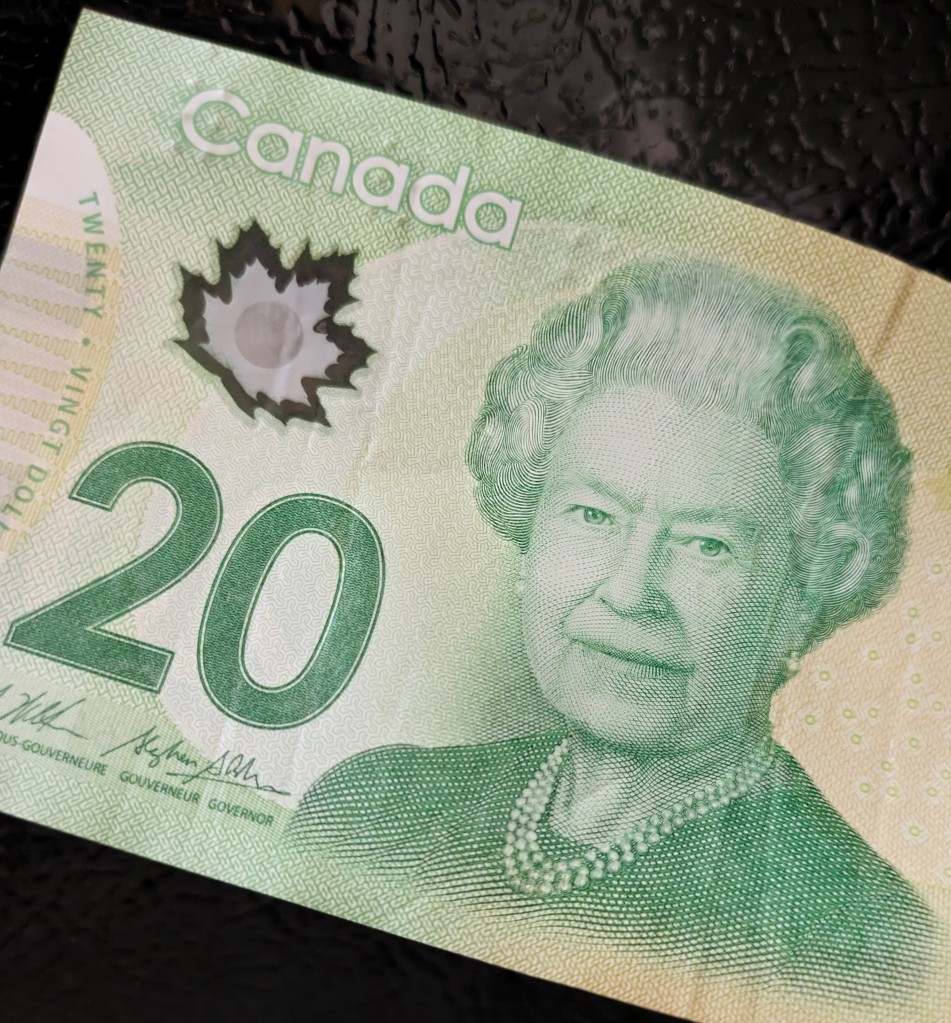
- There are probably many Americans who pay attention to celebrities, but I’d bet that even the most Hollywood-centric Americans likely don’t keep close track of where those celebrities are from. Canadians do though. If you so much as mention someone who happens to be from Canada, you can be pretty certain that fact will soon be pointed out.
- In a difference that feels somewhat related to the previous one, Canadians seem a little touchy when it comes to comparisons with the US. I imagine it must be like growing up with a famous, somewhat annoying older sibling always stealing the spotlight, which anyone would resent.
- Another clear difference comes from the past. Despite having separated from the UK over 150 years ago, the royal presence is still absolutely felt here. Canada has both a national anthem and a royal anthem (which, you guessed it, is “God Save the King”). Queen Elizabeth II is on several pieces of Canadian currency, and there are plans to get King Charles III on at least one bill by 2027. And some of the most popular streets around us include George, King Edward, and Queen Street.
- Of course, the governments are also quite different, but that’s a long, boring topic for another time. For now, I’ll just say that one interesting difference is that the liberal party here is red and the conservative is blue. Not confusing at all…
Differences in Environment:
- Another surprise early on in our move was when we received a pamphlet explaining all the city recycling rules, dates, exceptions, etc. There are even hazardous waste or electronic waste pick-up days and Christmas tree collection/composting!
- Something else we noticed last summer and are eager to see if it holds true again was that any time we went to a restaurant with outdoor seating, they automatically assumed that would be our first choice.
- In general, Canadians are very nonchalant about the weather, whatever it is. Freezing rain isn’t a reason to miss work or a night out with friends, okay? Just give’er!
- Another difference (that we absolutely love!) is the abundance of seasonal menus. The food, the drinks, the specials all change with the seasons, which has actually given Tucker a reason to go back to places we’ve already been. Hooray!
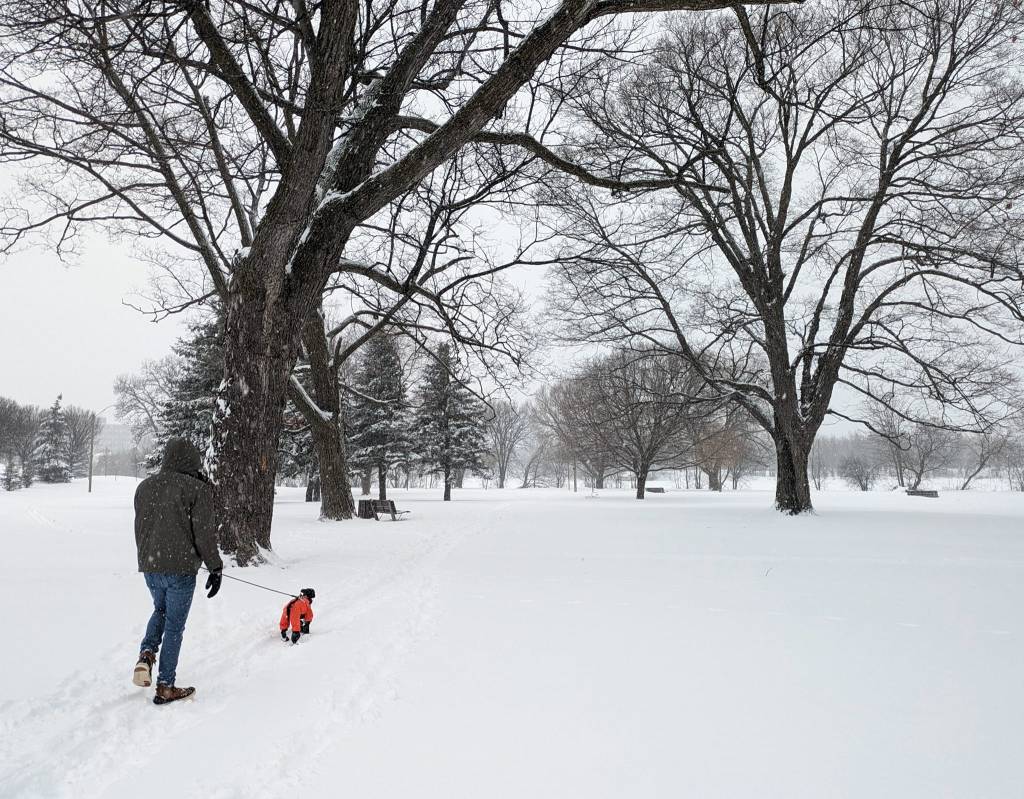
Misc. Differences:
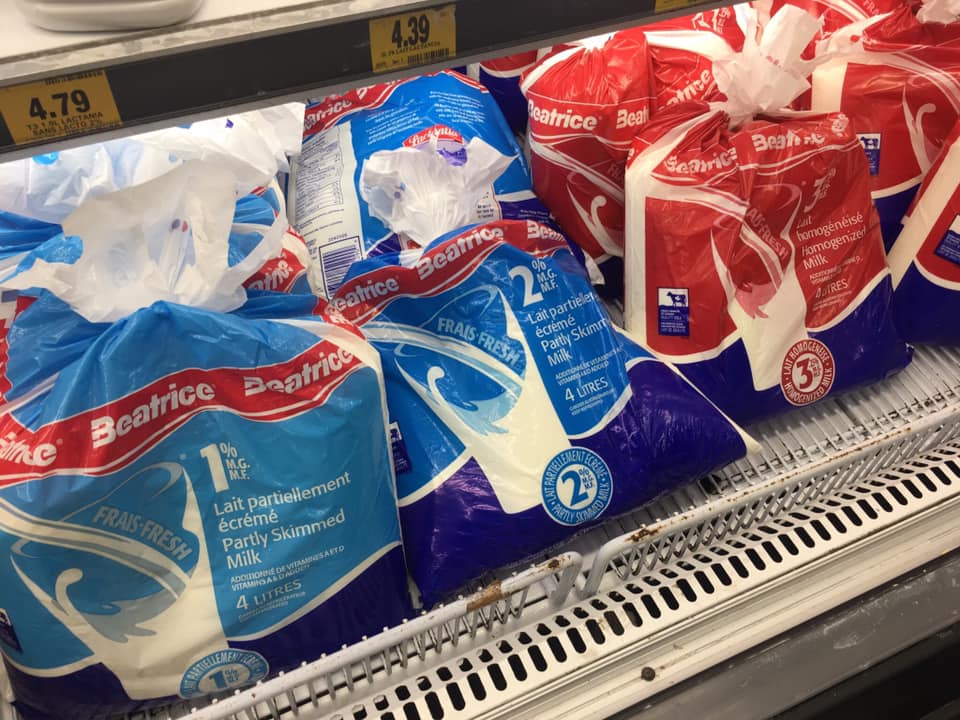
- Here in Ontario, milk comes in bags. It’s incredibly unwieldy and honestly way too much milk (three 1.33 liter bags), but it’s definitely different.
- Canada no longer has a penny. And can I just say, I don’t think anyone misses it. It’s time for the US to do the same.
- Another interesting difference is the fact that the legal drinking age differs by province, and all of them are lower than the US’s standard of 21.
- And one more difference that must be mentioned, but not in full because that would take much too long is the healthcare. Pretty much every aspect of it is different, but I think our biggest shock so far was when the dentist gave us both free Sonicare toothbrushes.
Bet you didn’t think I’d have that much to say about the differences between Canada and the US! Honestly, just like every other country we’ve lived in, the longer we’re here, the more differences become apparent. But also like our other homes, we’re quickly adapting to our surroundings and carefully choosing our favorite cultural gems to adopt and take with us to our next home. O Canada – thanks for a great first year!




